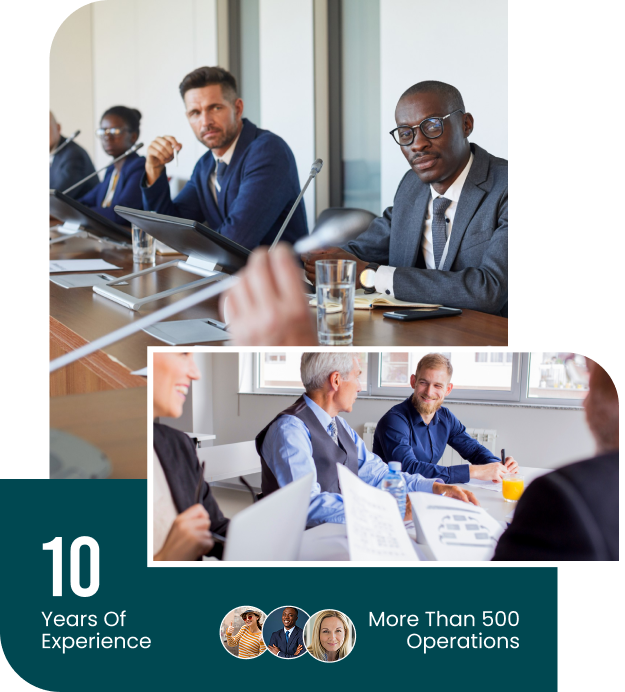Consultation
- managment Career
Introduction
I have thirty-five years of international experience utilizing an analytical and client-participative methodology that consistently delivered sustainable performance improvements for clients in North America, Europe, and Asia, particularly in the financial and industrial sectors.
America’s Performance Problem
A landmark study published by the Bureau of Labor Statistics in April 2021 concluded that Corporate America is losing its competitive edge as lost productivity costs businesses approximately $787 billion annually.
- Expertise in Management:
- Employe Relationship
- Strategic Management Organizational
- Advisor or improving performance
- Stakeholder Relationship Builder
- Dedicated Civic Leader

what our readers say
Lorem Ipsum is simply dummy text of the printing and typesetting industry. Lorem Ipsum has been the industry’s standard dummy text ever since the 1500s, when an unknown printer
Ralph Edwards
Designer Of surance.

Arlene McCoy
Manager Of surance.

Duis tincidunt dolor et augue rhoncus
vulputate. Integer consectetur at purus sit
amet aliquam. Vestibulum nec nulla
eleifend, venenatis dui id
Dianne Russell
CEO Of surance.

Duis tincidunt dolor et augue rhoncus
vulputate. Integer consectetur at purus sit
amet aliquam. Vestibulum nec nulla
eleifend, venenatis dui id
Arlene McCoy
Manager Of surance.

Duis tincidunt dolor et augue rhoncus
vulputate. Integer consectetur at purus sit
amet aliquam. Vestibulum nec nulla
eleifend, venenatis dui id